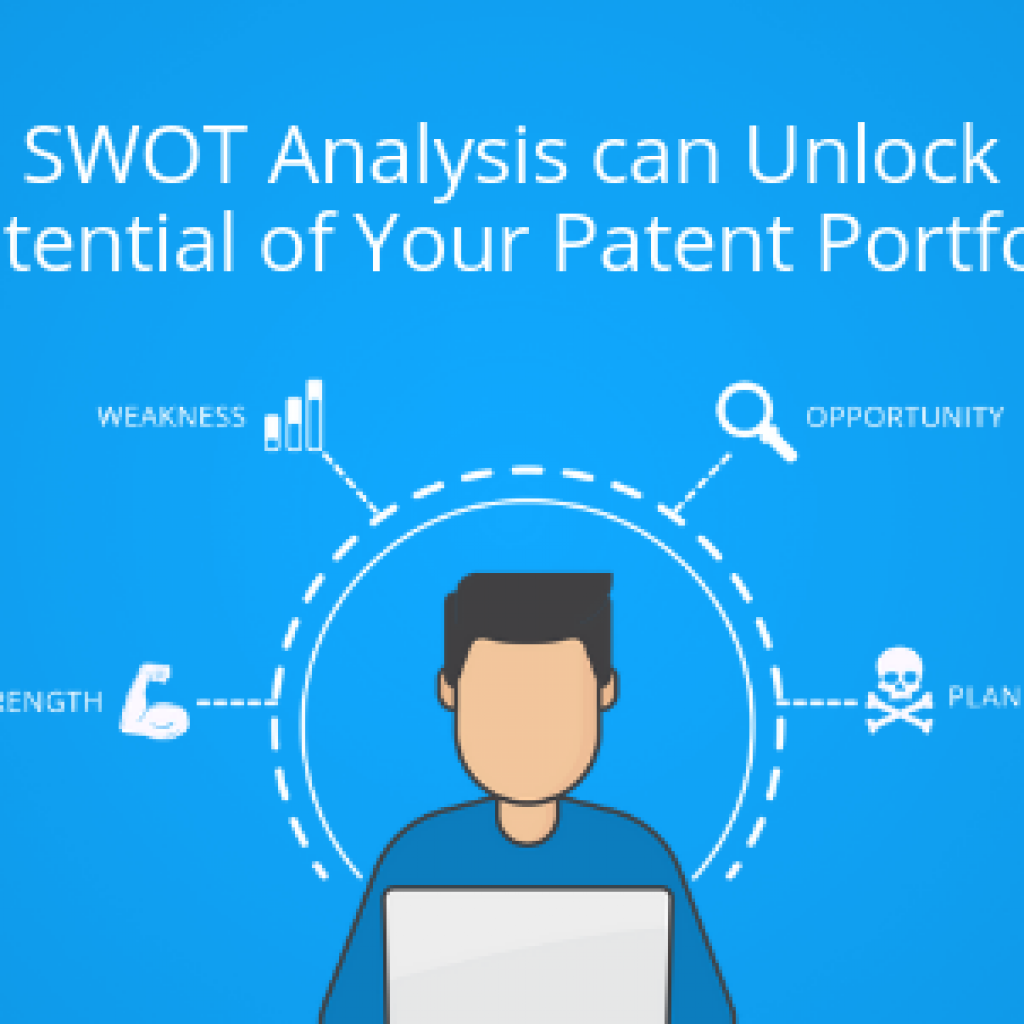In 2022, over three million patent applications were filed worldwide. This rise brings a challenging question: How do you sift through the massive sea of patent data to find exactly what you need?
Patent databases are at the heart of any strategic patent search. These tools provide a gateway to a wealth of technical insights, including granted patents, unique inventions, standard essential patents, and domain-specific innovations from key companies.
Additionally, they incorporate non-patent literature (NPL) like research papers, standards documents, and white papers, offering a complete picture. However, the real strength of these databases is their ability to streamline searches, making them both comprehensive and strategically valuable.
This article explores how advanced patent databases transform the prior art search process by enhancing precision and efficiency. From AI-driven search capabilities to multilingual translation tools, each feature plays a vital role in gaining an edge in patent invalidation, essentiality checks, and competitive analysis.
The need for global patent databases
Patent databases are essential for accessing patent filings, applications, and critical technical details worldwide. However, effective searches rely more than just accessing a universal database but strategically selecting databases that cover all relevant jurisdictions.
The ideal solution combines global reach with specialized regional sources, including non-patent literature (NPL) that often reveals earlier innovations and technical disclosures critical to invalidating recent filings.
In a recent patent invalidity project, our searches with standard global patent databases initially found only limited results, making it hard to find the prior art.
Noticing this gap, we turned to region-specific resources. We used a global database and a specialized Japanese patent databases to uncover prior art that didn’t appear in previous searches. This region-specific insight was instrumental in invalidating a competitor’s patent.
This case highlights the importance of region-specific databases in broadening the scope of prior art discovery.
AI search capabilities in patent databases
IPC/CPC classification, keyword-based searches, and manual analysis have long been used to recognize and categorize patents, but they have limitations. The unpredictability of keyword-based searches and the broad nature of IPC/CPC classification deter the delivery of relevant technical documents.
AI-powered patent databases have emerged as the solution, balancing efficiency, accuracy, and scalability.
AI patent databases, like PQAI, InnovationQ Plus, and IPRally, use machine learning to interpret patent language and identify relevant patents that may not be easily discovered through traditional methods.


These systems read between the lines, processing natural language to understand the intent and scope of patent filings. This improves categorization and search outcomes.
Multilingual machine translation for cross-border searches
Cross-border searches are often challenging due to language barriers. Espacenet and Google Patents are addressing this with robust translation capabilities, enabling searches across 30+ languages.
Google Patents, for example, excels in translating Chinese patents. This is a considerable advantage when reviewing intellectual property from one of the world’s busiest patent-filing regions.
Visual citation analysis for discovering non-obvious connections
Citation analysis has long been a core feature of patent research, but visual citation mapping elevates its utility. Tools like Ambercite reveal backward and forward citations in an interactive map by illustrating connections within patent families. This helps patent researchers trace the development of technologies and identify related prior art more comprehensively.


In a medical device patent investigation, Ambercite’s visual citation tool uncovered patents cited by European examiners. This revealed crucial prior art missed by traditional methods. By tracing citation chains, the team built a stronger invalidation case against a competitor’s patent, illustrating how visual citation mapping can provide a strategic advantage in identifying critical connections.
Non-patent literature integration for broader search scope
Databases with non-patent literature (NPL) greatly enhance prior art searches. These include technical articles, research publications, standard documents, whitepapers, and product documentation. Platforms like Lens and InnovationQ Plus give a complete view of unpatented technologies for stronger prior art searches.

This integration ensures that the search scope goes beyond formal patent filings. In one of the invalidation searches for a pharmaceutical formulation, Lens.org’s NPL feature identified relevant academic research that predated the patent’s cut-off date.
Conclusion
With thousands of databases available worldwide, a patent search’s effectiveness, accuracy, and relevance depend on the database you choose. Time-sensitive searches demand targeted strategies. GreyB ensures a focused approach, sparing you the need to sift through countless records.
Fill out the form below to access a targeted and strategically curated set of patent insights for an informed action.
Authored by: Annie Sharma, Marketing, and Kush Singla, Patent Search.










